The Intelligent Gen-Ai Datalake
Abstract
In the era of big data, corporations are continually seeking innovative solutions to manage, analyze, and leverage vast amounts of data. The integration of corporate data into a data lake, combined with the querying capabilities of Large Language Models (LLMs), presents a transformative approach to data analytics. This article explores the technical and practical aspects of establishing a corporate data lake using StarRocks.io and enhancing data querying through LLMs, providing a detailed overview of architecture, implementation, and potential impacts on data-driven decision-making.
Introduction
The exponential growth of corporate data across diverse sources necessitates efficient data management strategies to harness actionable insights. Data lakes have emerged as a pivotal solution for storing vast datasets in their native format. Meanwhile, advancements in artificial intelligence, particularly in Large Language Models, offer unprecedented opportunities for querying and interpreting this data. This article examines the synergy between StarRocks.io, a leading data lake platform, and LLMs, outlining a comprehensive strategy for corporate data intake, storage, and analysis.
Background
Data Lakes: Concept and Importance
A data lake is a centralized repository that allows for the storage of structured and unstructured data at scale. Unlike traditional data warehouses, data lakes retain data in its raw form, offering flexibility in data types and formats. This approach facilitates scalable analytics and machine learning, providing a foundation for data-driven insights.
StarRocks.io: An Overview
StarRocks is an open-source, distributed data warehouse designed for fast and efficient analytics. It supports real-time ingestion and query of large-scale datasets, making it an ideal platform for constructing a corporate data lake. StarRocks features columnar storage and parallel processing, optimizing performance for complex analytical queries.
Large Language Models (LLMs)
LLMs, such as OpenAI's GPT models, are trained on vast corpora of text data. They generate human-like text based on the input provided, enabling natural language understanding and generation. LLMs can be utilized for querying data lakes by translating natural language queries into data retrieval and analysis tasks.
Methodology
Data Lake Architecture with StarRocks
Ingestion
Data ingestion into StarRocks.io involves collecting data from various corporate sources, including databases, CRM systems, social media, and IoT devices. This process is facilitated by StarRocks' ability to integrate with popular data ingestion tools, supporting batch and real-time data feeds.
Storage
StarRocks utilizes a distributed columnar storage format, which enhances query performance by minimizing I/O operations. This storage mechanism is particularly effective for analytical workloads, as it allows for efficient data compression and partitioning.
Management
Data management in StarRocks involves indexing, metadata management, and security protocols to ensure data integrity and accessibility. StarRocks provides comprehensive tools for data governance, allowing corporations to maintain control over their data assets.
Integrating LLMs for Data Querying
Query Translation
LLMs can translate natural language queries into SQL or other query languages compatible with StarRocks. This process involves training or fine-tuning an LLM on domain-specific corpora to understand the context and semantics of business-related queries.
Query Execution
Once the query is translated, it is executed against the data stored in StarRocks. The distributed nature of StarRocks ensures efficient processing of complex queries, leveraging parallel computation across multiple nodes.
Result Interpretation
LLMs can also assist in interpreting query results, providing summaries or generating insights in natural language. This capability enhances the accessibility of data analytics, allowing non-technical users to engage with corporate data effectively.
Use Cases
Real-time Business Intelligence
Incorporating real-time data from sales, marketing, and operations into StarRocks enables dynamic business intelligence. LLMs facilitate the exploration of this data through natural language queries, allowing stakeholders to make informed decisions swiftly.
Predictive Analytics
Combining historical data within StarRocks with LLM-powered analytics can uncover patterns and predict future trends. This approach is invaluable for forecasting sales, optimizing supply chains, and identifying market opportunities.
Personalized Customer Experiences
Analyzing customer data in StarRocks and querying it with LLMs enables the creation of personalized marketing strategies and product recommendations, enhancing customer engagement and satisfaction.
Challenges and Considerations
Data Privacy and Security
Ensuring data privacy and security is paramount when integrating corporate data into a data lake. StarRocks provides robust security features, but organizations must also implement best practices for data governance and compliance.
Scalability and Performance
As data volumes grow, maintaining scalability and performance becomes challenging. StarRocks' distributed architecture addresses these concerns, yet ongoing optimization and monitoring are essential.
LLM Accuracy and Bias
The effectiveness of LLMs in querying data depends on their training and fine-tuning. Ensuring accuracy and mitigating bias are critical considerations for reliable data interpretation.
